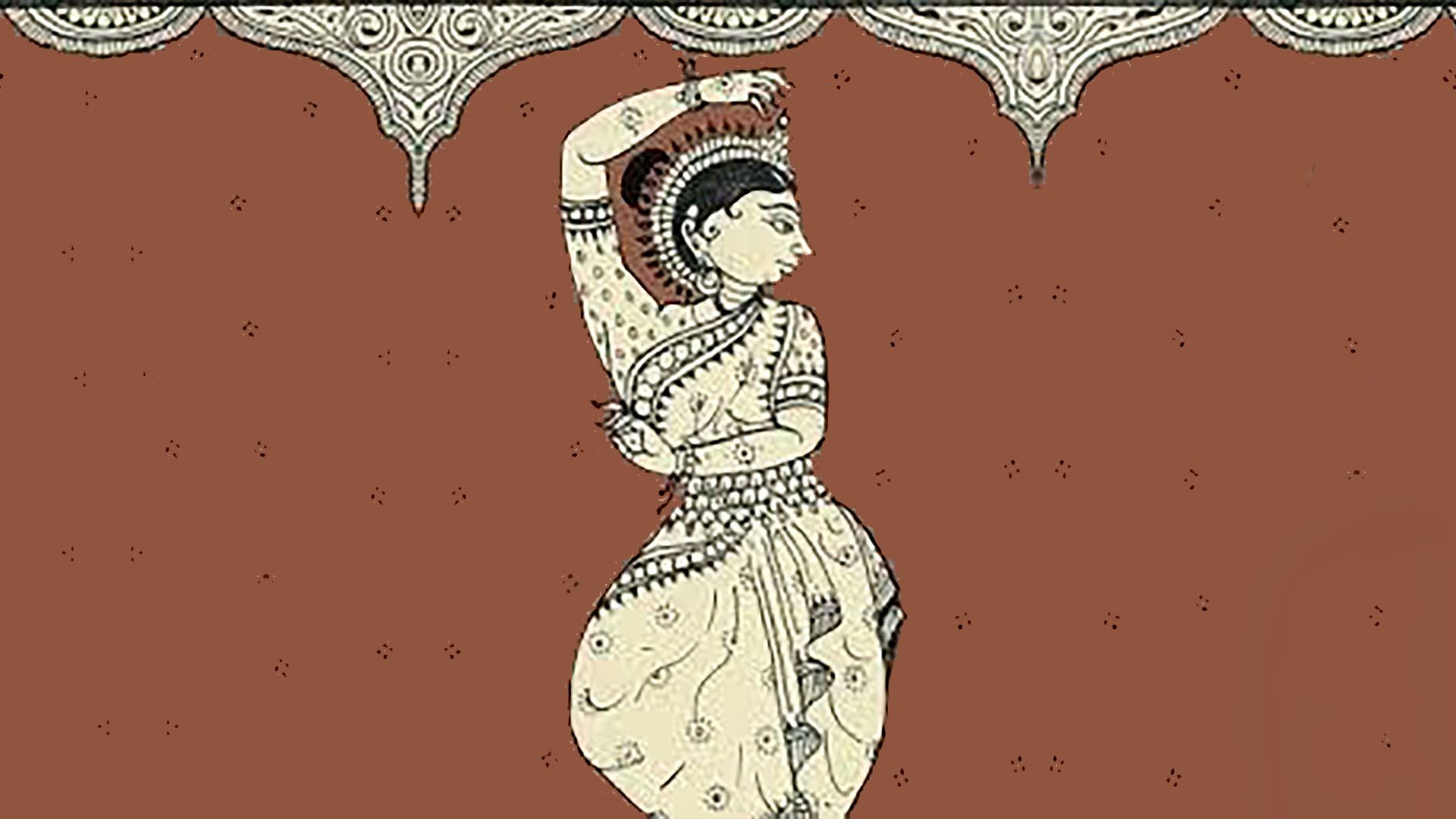This website uses cookies so that we can provide you with the best user experience possible. Cookie information is stored in your browser and performs functions such as recognising you when you return to our website and helping our team to understand which sections of the website you find most interesting and useful.
Orissi style classical dance theater

The Orissi / Odissi dance takes its name from the state of Orissa (North Eastern India). This style derives from the ancient dances witnessed by the treatises and sculptures present in the temples. In the fifties of the twentieth century, after independence from the English dominion, style is rediscovered thanks to the work of four gurus (Guru Mayadhar Raut, Guru Kelucharan Mohapatra, Guru Pankaj Charan Das, Guru Debaprasad Das) who, relying in particular on the iconographic tradition , on the treatises and on the help of the last Devadasi (the sacred dancers), they reconstruct this form of classical Indian dance theater.
In the Orissi dance the body line takes on a sinuous form called tribhanga (division of the body into 3 segments: head, bust, pelvis); facial expressions and mudras are further characteristic elements of this style. Like all the classical Indian dance theater, the orissi is divided into pure dance (Nritta) and recited dance (Nrittya). In this division all the knowledge elaborated in this style flows that takes into account the rhythm, the forms in movement, the expressions based on a very complex pantomime; in this sense the body is transformed into an orchestra body.
- Basic exercises for shaping the body
- The face and its basic expressions, dancing with the eyes
- Learning the basic rhythm (I, II and III speed)
- Learning the basic steps
- Le Mudra (alphabet of the hands)
In depth:
- History of Orissi dance
- Eastern principles adapted to a Western score
